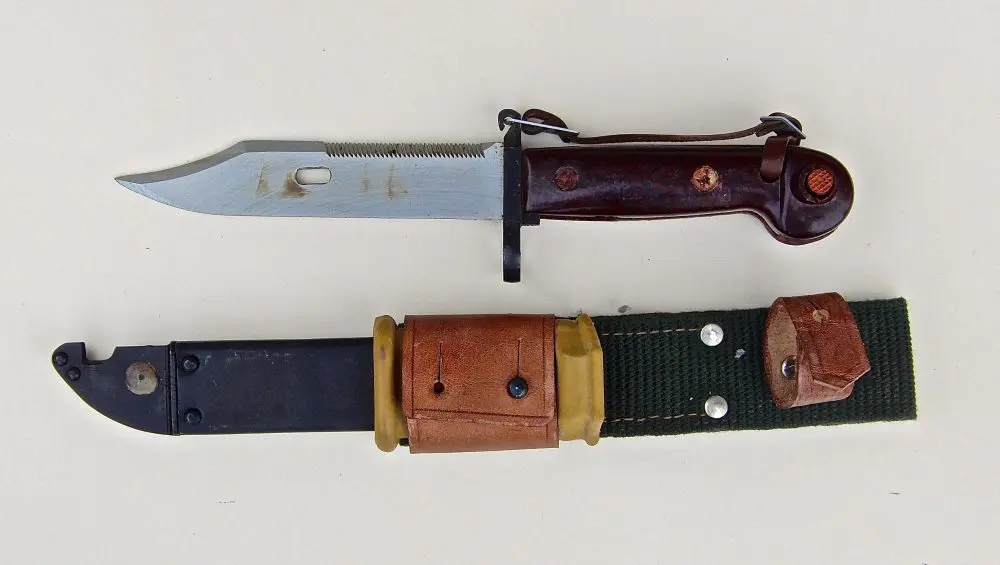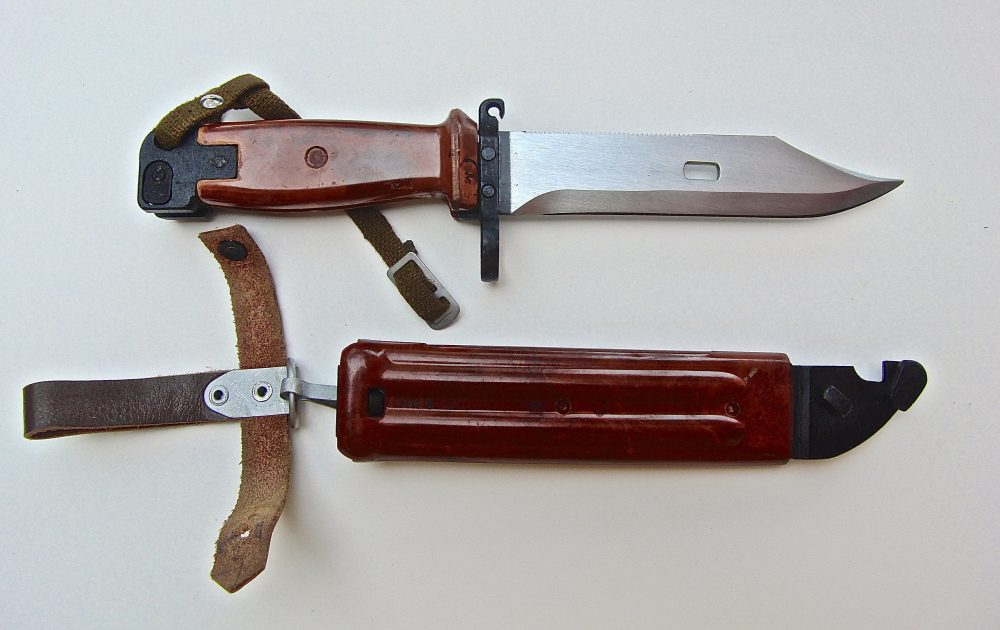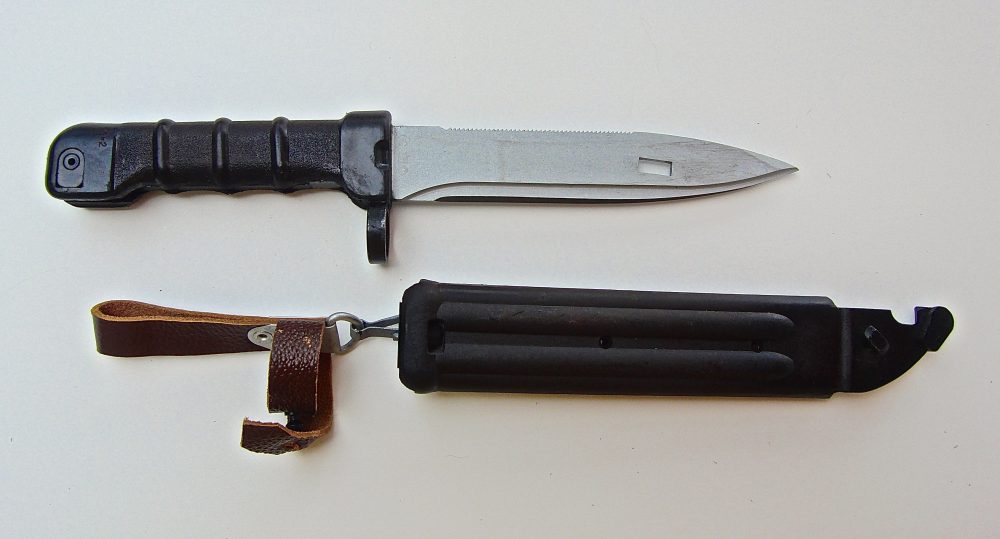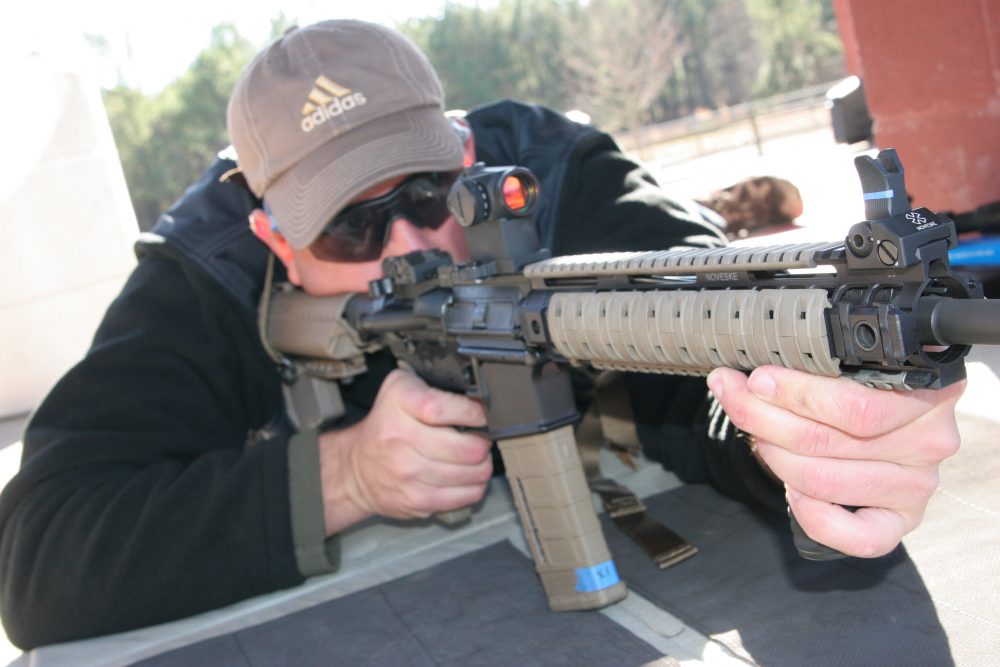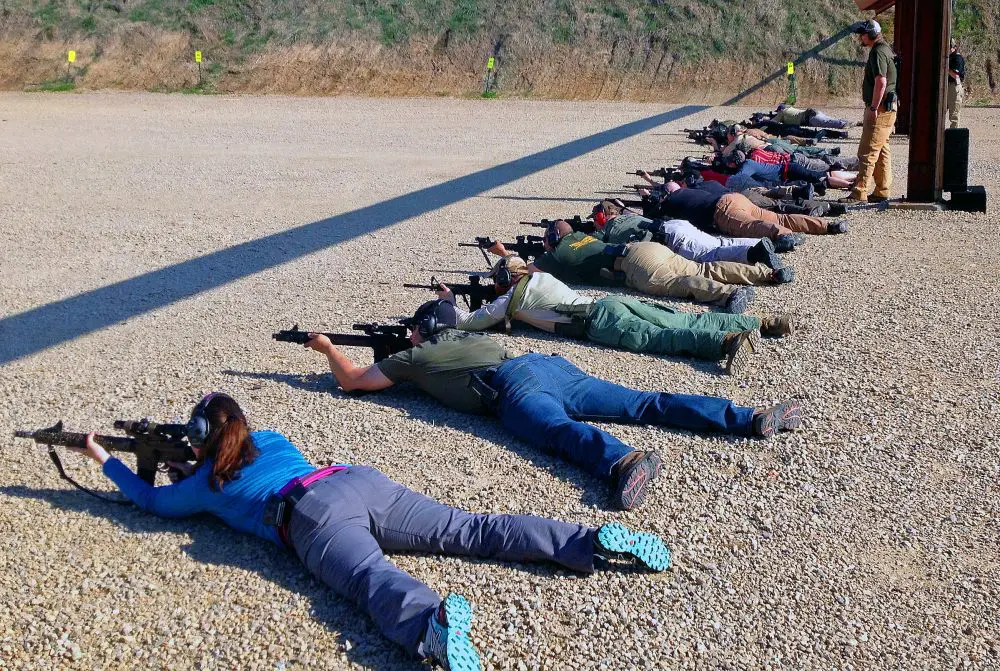
If you’re like me, you find having the correct bayonet for a military rifle adds to its appeal. In the case of the AK-47 or AK-74, most of the bayonets can be found at relatively reasonable prices.
For many issued the AK-47 or AK-74, the bayonet was the highest quality blade they were likely to have and, in some cases, the number of spare magazines issued was so limited that the soldier or guerrilla fighter might have to resort to the bayonet.
The AK-47’s predecessor, the SKS, had a folding bayonet attached to the rifle, a real advantage for the armies that used it, as the bayonet stayed with the weapon, lessening the chance of it getting lost and eliminating the cost of a sheath. Although the AK-47 normally had a detachable bayonet, some Chinese AK-47s incorporated a folding bayonet.
Among AK detachable bayonets, there are four primary types:
Table of Contents
AK-47 BAYONET
First is the original AK-47 bayonet. Since the original AK-47 rifle did not incorporate a bayonet lug, this bayonet was designed to slip over the barrel using a dual muzzle-ring system, with the rear ring split to pass by the front sight. It uses a 7.9-inch blade similar to those on the World War II M1940 bayonet for the Tokarev SVT-40 Self-Loading Rifle.
These early-style bayonets were produced in Russia, Bulgaria, East Germany, Poland, North Korea, and China. Bulgarian ones are fairly common in the USA and are very difficult to tell from Russian ones without careful comparison. One way to tell is that the drain hole at the tip of the scabbard is on the front of the Russian version and on the back of the Bulgarian version.
Russian examples bring substantially more than Bulgarian ones, so anyone purchasing one of these bayonets should be beware, as Bulgarian bayonets are often sold as Russian ones.
East German example of first type of AK-47 bayonet displays distinctive East German double band around mouth of sheath.
AKM TYPE I BAYONET
Second is the AKM Type I Bayonet. Designed for the AKM version of the AK-47 introduced in 1959, which had a bayonet lug, the AKM bayonet doubled as a multi-purpose utility/fighting knife. It has a Bowie-style blade of just under six inches and incorporates a slot in the blade so it can be coupled with the tip of the sheath to act as a wire cutter.
Normally, the metal scabbard has a rubber sleeve insulator, which combined with the non-conductive plastic handle allows electrical wires to be cut, as well as barbed wire. Another real plus for the AKM bayonet was the combination of the plastic handle and stainless blade, which make it highly resistant to rust. Saw teeth along the bayonet’s spine allow it to be used for light sawing.
Since the AKM bayonet can also be used as a fighting knife, a wrist strap can be attached to help retention.
I’ve found that the standard hanger used on the AKM Type I sheath lets the bayonet bounce around too much and make noise. AKM Type I bayonets are normally recognizable by their rather bulbous pommel. They were produced in Russia, East Germany, Hungary, Poland, and Romania.
Romanian AKM Type I bayonet and sheath with distinctive retention strap wrapped around insulator.
AKM TYPE II BAYONET
Third is the AKM Type II bayonet, introduced in the mid-1960s and incorporating two new features. Because troops had a tendency to use the butt of the bayonet as a hammer, the bulbous plastic pommel had proven too fragile. As a result, the second type of AKM bayonet incorporates a squared-off steel pommel.
Additionally, the metal scabbard used on the AKM Type I bayonet was replaced with a non-conductive plastic sheath with a metal tip for the wire cutter stud. The AKM Type II bayonet was produced in Russia, Bulgaria, China, Iraq, East Germany, and Yugoslavia.
This is my favorite AK bayonet, one that I consider an invaluable adjunct to an AK-47 rifle. Fortunately, many of this type of bayonet were imported with Chinese AK-47s, so they are usually easy to find. One interesting Chinese AKM Type II bayonet does not have the wire cutter feature. These were reportedly used with the Chinese version of the SVD sniper rifle.
Also produced were transitional AKM bayonets that incorporate features of the Type I and Type II. These may take the form of a Type I bayonet with a Type II sheath or a Type II bayonet with a Type I sheath. Examples may be found from Russia, East Germany, Egypt, and Poland.
Russian AKM Type II bayonet features squared metal pommel and plastic sheath that does not need an insulator.
AK-74 BAYONET
Fourth is the AK-74 bayonet. Although some AKM Type II bayonets were initially used for the AK-74, in 1983 a bayonet designed for the 5.45x39mm rifle was introduced. It is basically an improved or refined version of the AKM Type II bayonet. The grip has a stippled surface and concentric ridges for better gripping and may be manipulated in the hand better for use as a fighting knife.
Instead of the Bowie/clip point-style blade used on the AKM bayonets, the AK-74 bayonet uses a spear point blade that retains saw teeth and the slot for use as a wire cutter. The sheath is very similar to that of the AKM Type II. AK-74 bayonets have been produced in Russia and Bulgaria.
It’s fairly easy to tell the differences among the main types of AK bayonets, but it can be more difficult to decide from which country a bayonet comes. Sometimes there are markings, which can help, but more often it is necessary to look at the color of the bayonet handle and sheath or the type of hanger used for the sheath.
Russian AK-74 bayonet has spear-point blade and more ergonomic handle.
FURTHER READING
The accompanying photos will help identify some of the more commonly encountered AK bayonets, but for more information and identification characteristics of the entire range of AK bayonets, I highly recommend Martin D. Ivie’s Kalashnikov Bayonets: The Collector’s Guide to Bayonets for the AK and Its Variations. Ivie’s book is extensively illustrated with sections on all aspects of AK bayonets. Frank Iannamico’s AK-47: The Grim Reaper is the definitive book on the AK-47 and also has a good reference section on AK bayonets. Some good Internet AK bayonet sites can be found by Googling “guide to AK bayonets.”
Many reading this will own an AK or be shopping for one. I recommend getting the correct bayonet to go with your rifle. Along with the sling, it was part of the rifle’s original equipment. Additionally, if you keep your AK as a preparedness weapon, a mounted bayonet adds another dimension to the rifle’s practical and psychological effects on a potential intruder or marauder!
Leroy Thompson has trained hostage rescue, close protection, counterinsurgency, and anti-terrorist units in various parts of the world. Prior to Operation Desert Shield, he trained U.S. Army protective teams and hostage rescue units. He is the author of over 50 books on weapons and tactics and somewhere between 2,500 and 3,000 magazine articles.
